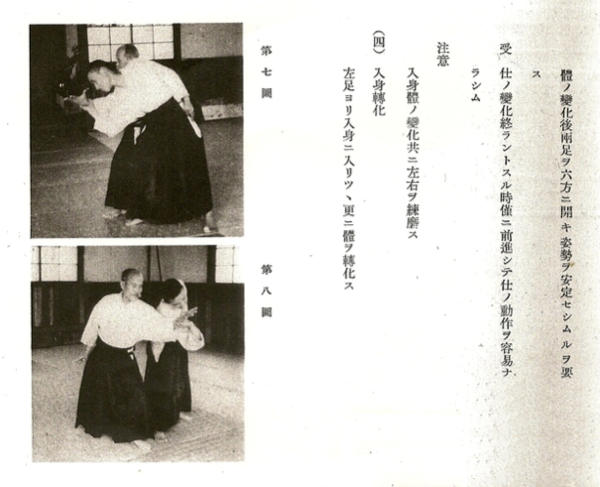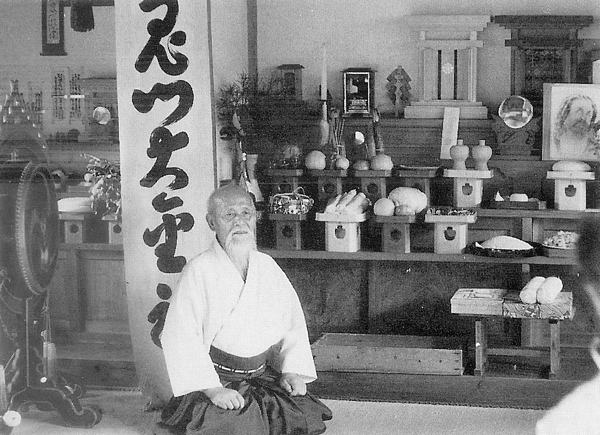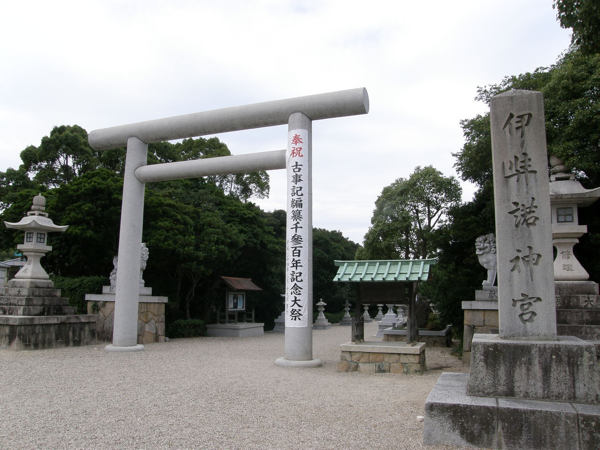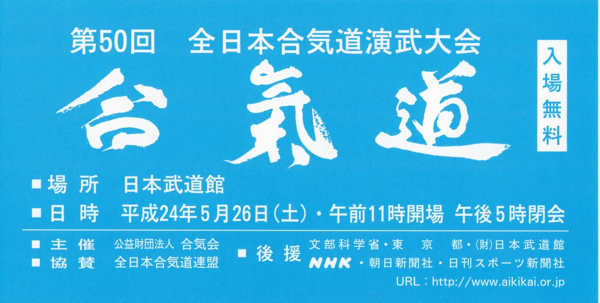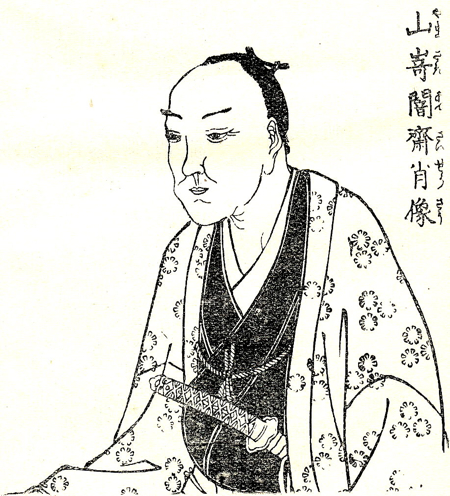
Ansai Yamazaki (1619-1682), founder of Suika Shinto
Ansai Yamazaki and Ama-no-ukihashi-den
Ansai Yamazaki was an Edo Period Confucian scholar who started out as a Buddhist monk and was one of the first people to spread Neo-Confucian thought in Japan.
Interestingly, Zhang San Feng(张三丰), the legendary creator of Tajiquan in China, was also influenced by Neo-Confucian thought.
Yamazaki was also the founder of the Suika Shinto sect, and his work on Shinto theology was instrumental in breaking Shinto thought out from the specialized provenance of the shrines to a more general population. We’ll get back to how this relates to the Floating Bridge a little bit later.
合氣を学ぶものは天の浮橋に立たねばならぬ
In order to learn Aiki you must stand on the Floating Bridge of Heaven.
As you can see from the above quotation, Aikido Founder Morihei Ueshiba seemed to think that the “Floating Bridge of Heaven” (天之浮橋) was a pretty important thing.
Still – for all of its importance in his writings it is a concept that is generally not well understood. A direct student of Morihei Ueshiba O-Sensei once expressed it to me this way:
The Founder told us that we would be unable to practice martial arts if we did not stand on the Floating Bridge of Heaven. We were told that if we could not stand on the Floating Bridge of Heaven then our training would not bring forth Aikido technique, so it was essential that we do so at all costs.
However, we didn’t understand anything about where this Floating Bridge of Heaven was. Since we didn’t understand where it was there was no way that we could stand on it, so the reality was that we just put on a good face and kept on applying techniques to each other.
If you’ve read “Aikido and the Unknown” then you may have some idea why this kind of thing is not well understood, but just in case, here’s an interesting passage from Koichi Tohei (from “Ki no Kakuritsu” / 気の確立, translated from the Japanese):
Without a doubt, Ueshiba Sensei understood Ki. If we’re talking about that point, then I think that you could say that he was a genius. However, it is unfortunate that he never taught the true nature of it to his students. Even now I don’t know if that was because he didn’t want to teach it, or if it was because he was unable to teach it.
You may also like to take a look at “Morihei Ueshiba: Untranslatable Words” for an interesting story about Koichi Tohei himself and understanding of O-Sensei. (more…)


